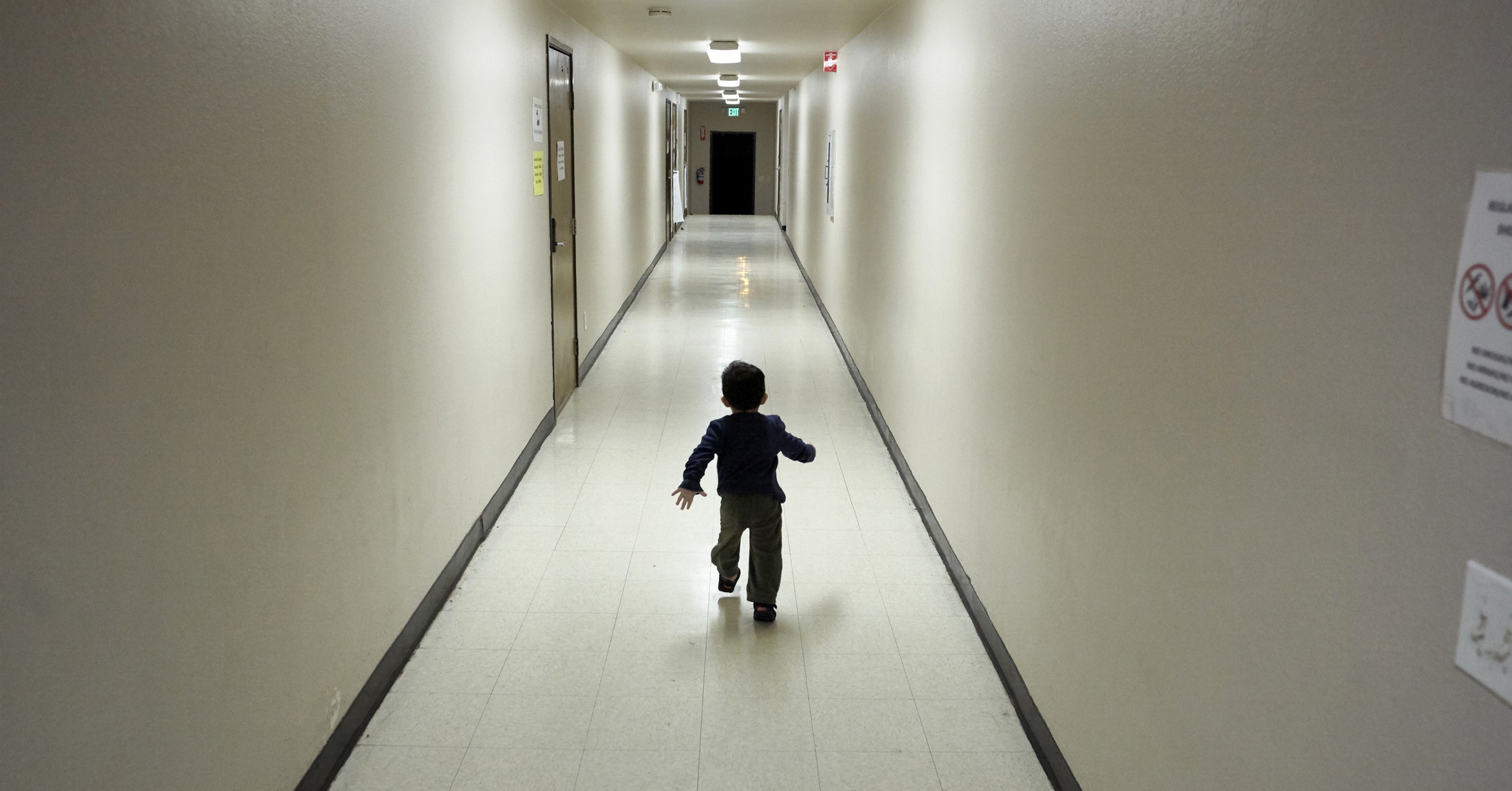
Two controversial pilot programs that sought to quickly deport Mexican and Central American asylum-seekers at the southern border were rife with issues, including migrant families forced to remain in custody longer than what was appropriate, juvenile girls stuck in the same detention space with unrelated adult men, and toilets in facilities that had limited privacy.
The details come from a draft report by the Department of Homeland Security’s Office of Inspector General that was obtained by BuzzFeed News. The two pilot programs instituted last fall — the Humanitarian Asylum Review Process (HARP) and Prompt Asylum Claim Review (PACR) — were part of the Trump administration’s efforts to quickly screen and potentially remove asylum-seekers at the border.
Under HARP, Mexican asylum-seekers detained by Border Patrol agents were given an initial screening called a credible fear interview by US Citizenship and Immigration Services (USCIS) asylum officers within 48 hours, and the decision on the screening was expected to go quicker than usual. The other program, PACR, was similarly organized but aimed at Central Americans who traveled through Mexico to arrive at the US border.
The programs were eventually suspended during the coronavirus pandemic, as the administration has opted to instead immediately turn around asylum-seekers, including children, at the border.
DHS officials did not immediately respond to a request for comment.
The inspectors focused their inquiry in the El Paso area, where they found numerous issues with the pilot programs, including families remaining in Border Patrol custody for longer than a week, beyond the 72-hour standard for the detention of immigrants in CBP custody.
The inspectors, however, emphasized the lack of privacy in the border facilities.
The report claims that the large cells at the facility caused CBP officials to struggle with dueling detention standards: those that mandate family unity while also requiring separation of women and children from unrelated men. CBP officials held different families together, and, as a result, women and girls in the cells were being held with men and boys who weren’t family members.
“We found that CBP held many families together in large open cells in the El Paso [Central Processing Center] with no assurance of privacy or separation of juveniles from unrelated adults,” the report states. In one cell, two 14-year-old girls were held with nine unrelated men.
“Toilet stalls in the living area with waist-high partitions offered little privacy,” and there was no “private space for nursing,” despite there being mothers with infants. CBP officials placed a guard to supervise the detainees, and there were no subsequent complaints from the families.
CBP officials, according to the report, attempted to create a “less restrictive” environment for the children in custody.
“CBP had created a play area in each cell, with colorful mats and toys. CBP officials said they had padded concrete posts within the detention cells to protect children who were running around,” the report noted, while contrasting that experience to family detention centers run by ICE that have outdoor recreation, exercise equipment, sports, and access to counseling.
Border officials did not fully measure the success of the program in any practical way, inspectors wrote. According to the report, CBP had two evaluation metrics for PACR and none for HARP. There was no evidence that the agency had plans to roll out the policy after evaluating its effectiveness and, what’s more, there were no defined goals given by CBP to border officials to evaluate its success in the first place.
CBP staff had issues providing privacy for migrants to speak alone to legal consultants and government officials. USCIS officials told the inspectors that many immigrants did not understand what legal representation meant and CBP officials had struggled to provide them access to phones.
During a credible fear interview, asylum-seekers must prove there is a significant possibility that they have a well-founded fear of persecution in their home country. In the lead-up to the interview, immigrants use the time in custody to consult with attorneys or others to help them prepare their case.
In the end, only a small percentage of each of these groups was able to pass their initial asylum screening interview: 19% for PACR and 29% for HARP.
The inspector general’s draft report was an interim document, and inspectors plan to evaluate the rest of the border sites in the future.





